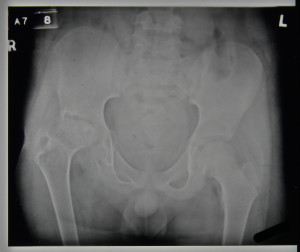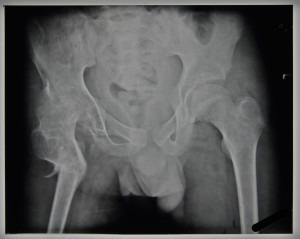Although based in Northumberland, Stannington Sanatorium wasn’t restricted to taking patients solely from the County of Northumberland. Looking through the patient files and the earlier minutes of the sanatorium we see that there were many different local authorities wishing to send children to Stannington. Over the years the authorities of Cumberland, Durham, Newcastle, Gateshead, Rochdale and West Yorkshire all sent patients there at some point, reflecting the uniqueness of Stannington, particularly in its early days, as a sanatorium that catered for children only. Local authorities would pay for so many beds, and often on the discharge of one child would immediately send another in their place.

Opening in 1907 Stannington began life at a time when changes were beginning to be seen in healthcare provision nationally. Only a few years later in 1911 the National Insurance Act came into force allowing the employed to benefit from medical care on a contributory basis, with particular note made to the treatment of tuberculosis. We see very few private patients in Stannington throughout its whole history and the majority of children would have been sent by their local authorities as part of the poor relief system, later called public assistance, up until the introduction of the NHS. Without the assistance of the local authorities many of these children would not have received any medical help at all, and their reliance on them is seen in 1916 when one girl suffering from tubercular patches on her face comes to the end of the time that has initially been paid for by Newcastle Corporation but medical staff consider it appropriate for her to continue to stay on at the sanatorium as her treatment remains incomplete. However, despite an application being made for an extension Newcastle Corporation refuse to pay and instead the matron makes pleas to the sanatorium’s management committee to allow the girl to stay free of charge until she is fully recovered on the basis that she is a good worker.
“She is a capital worker & is quite healthy in all other ways but her face. I was wondering gentlemen if you would give permission for this girl to stay on here for some time for free – she could work for us in return for the treatment.” Matron
Given the limited resources of both the sanatorium and the local authorities and considering how rife tuberculosis was during this period it seems quite fair to assume that the children that were eventually admitted to Stannington were the lucky ones, with many more not being able to go.








